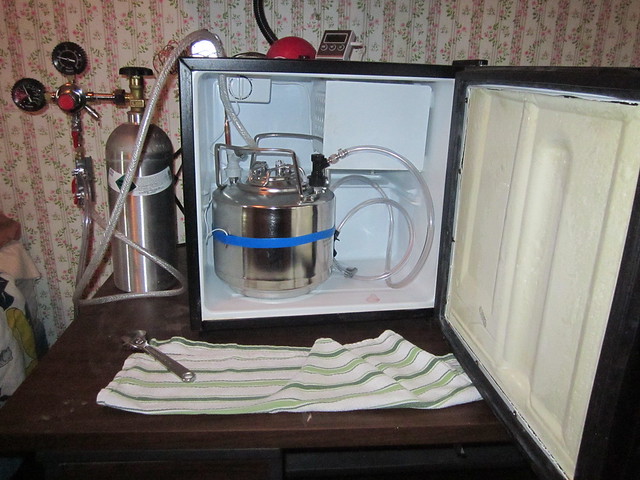Corey Fish
Well-Known Member
Hey there! For those who are interested, I wanted to chronicle our cidermaking from our trees this year. We moved into an old farmhouse (built c. 1900) 4 years ago. Our trees tend to bear every other year, and this is one of our "on" years.
We have two trees, that I've identified as Mcintosh and Golden Delicious. I have a source for transcendence crab apples and plan on modifying both tannin and acid levels to really make a good product this year.
Here's a few shots of our trees and the apple haul, which was hard to fit into one frame. We decided to throw out "rotten" apples but keep apples that had coddling moth damage, since we have a real issue with that at our house.
This was from our harvest this weekend. We're renting a big cider press in 2 weeks so plan is to let the apples sit and "sweat" in our cool dark basement for that 2 week period.
Yes I know my basement is messy.
Updates in a couple of weeks from pressing day!








We have two trees, that I've identified as Mcintosh and Golden Delicious. I have a source for transcendence crab apples and plan on modifying both tannin and acid levels to really make a good product this year.
Here's a few shots of our trees and the apple haul, which was hard to fit into one frame. We decided to throw out "rotten" apples but keep apples that had coddling moth damage, since we have a real issue with that at our house.
This was from our harvest this weekend. We're renting a big cider press in 2 weeks so plan is to let the apples sit and "sweat" in our cool dark basement for that 2 week period.
Yes I know my basement is messy.
Updates in a couple of weeks from pressing day!
























